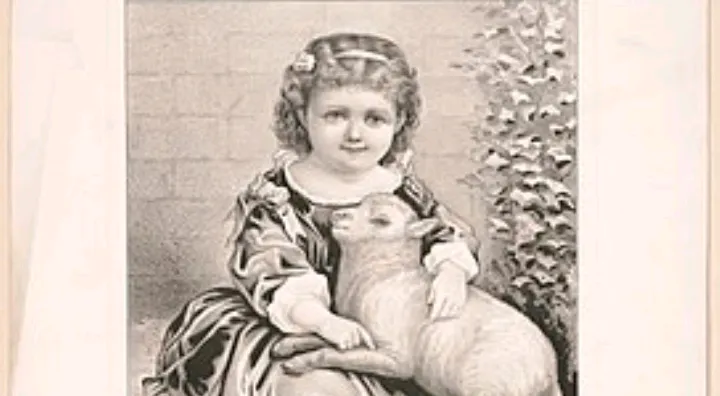Easy Guide to MatS (1)
Original poem 'Mary and the Shepherd' in my page (Extra simple version of the guide and fun exercises included in the poem page's comment section!)
Rationale: Poems are short and concise, hence by using this medium and the familiar nursery rhyme 'Mary had a little lamb', I was able to focus the appraisal on the issues and social constructs in my statement. Do enjoy!
There's some common Christian metaphors used in the poem and this article. Don't worry about it. They don't affect the understanding much and are simple to understand in a few Google searches (Mary anointing Jesus, the Good Shepherd).
How to cheat: Read the questions before and after your current one. They're often expansions of the same grounds, so…
P.S. To grab the gist, you can skim through Q3, 6, 10 and focus on the rest.
1. Why was this labelled 'politics' and...
Rationale: Poems are short and concise, hence by using this medium and the familiar nursery rhyme 'Mary had a little lamb', I was able to focus the appraisal on the issues and social constructs in my statement. Do enjoy!
There's some common Christian metaphors used in the poem and this article. Don't worry about it. They don't affect the understanding much and are simple to understand in a few Google searches (Mary anointing Jesus, the Good Shepherd).
How to cheat: Read the questions before and after your current one. They're often expansions of the same grounds, so…
P.S. To grab the gist, you can skim through Q3, 6, 10 and focus on the rest.
1. Why was this labelled 'politics' and...



